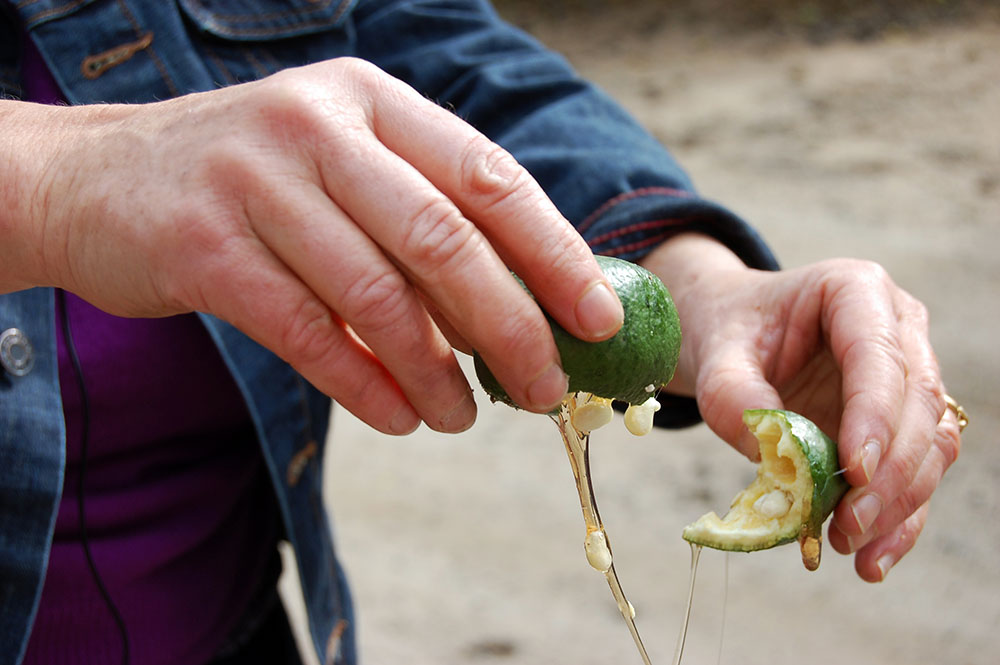Fig.1. Cannabis sativa. (Credit: Biodiversity Heritage Library)
In a laboratory, just outside downtown Portland, Mowgli Holmes and his team at Phylos Bioscience are embarking on a brave new world.
“We’re creating the first genetically defined collection that has ever been,” he said. “... We know less about it than any other crop.”
That crop Holmes is referring to is cannabis, and that collection he and his team of genetic researchers have been working on the past couple of years is an extensive genomic dataset. Holmes and his group will expand upon the "draft" genomics work previously done.


